Jelly is a great way to learn about changes of state as first it dissolves in hot water and then sets to become solid as it cools.
Why does jelly set?
Jelly sets because of a protein called collagen. Collagen is made up of three protein fibers wrapped around each other.
Jelly contains gelatin, which is made from collagen from animal bones and skin. When the gelatin is heated and mixed with water, the protein fibers unravel and come apart, so the jelly from the packet melts. As the jelly cools, the fibers coil up again, trapping water between them, which makes the jelly set.
We watched the jelly from the packet melt as we added the hot water and talked about bonds breaking down and how they reform as the jelly cools, causing it to set.
We also tried mixing different colours of jelly, which was a fun way to learn about primary and secondary colours.
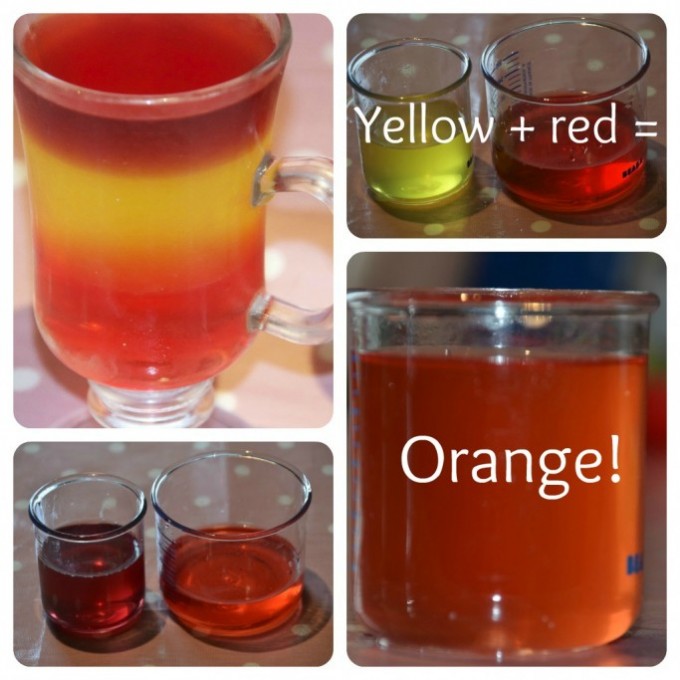
To make multicoloured, layered jelly, you need to let each layer set before adding the next.
Do you know fresh pineapple stops jelly setting?
What other colours do you think we could make?
Suitable for KS1 - changes of state.
Don't forget to check out my other kitchen science experiments.
Last Updated on May 3, 2023 by Emma Vanstone
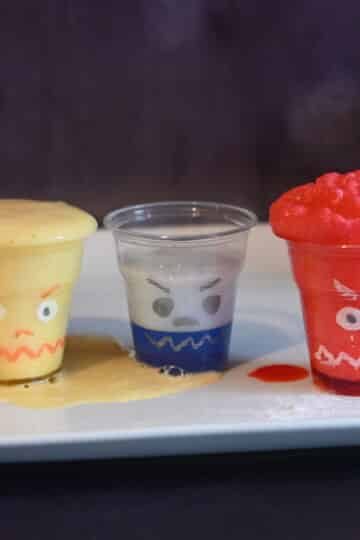
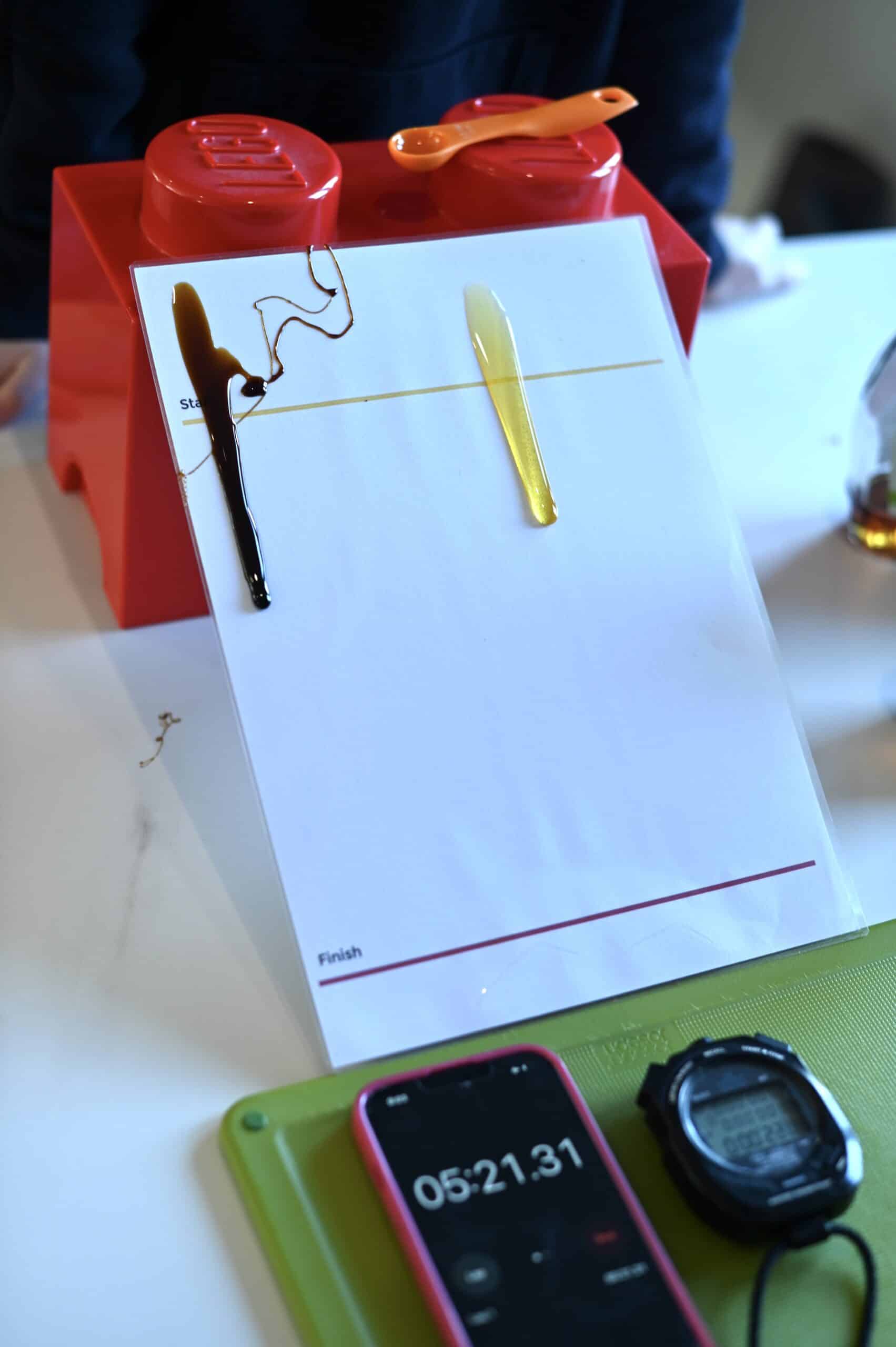
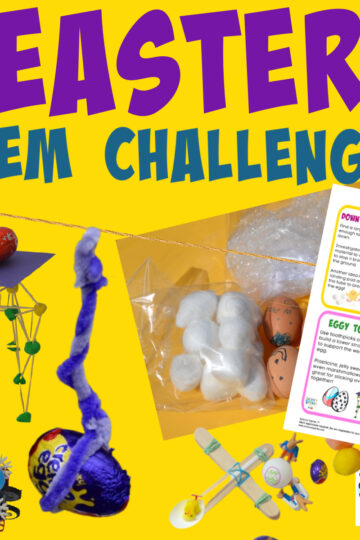
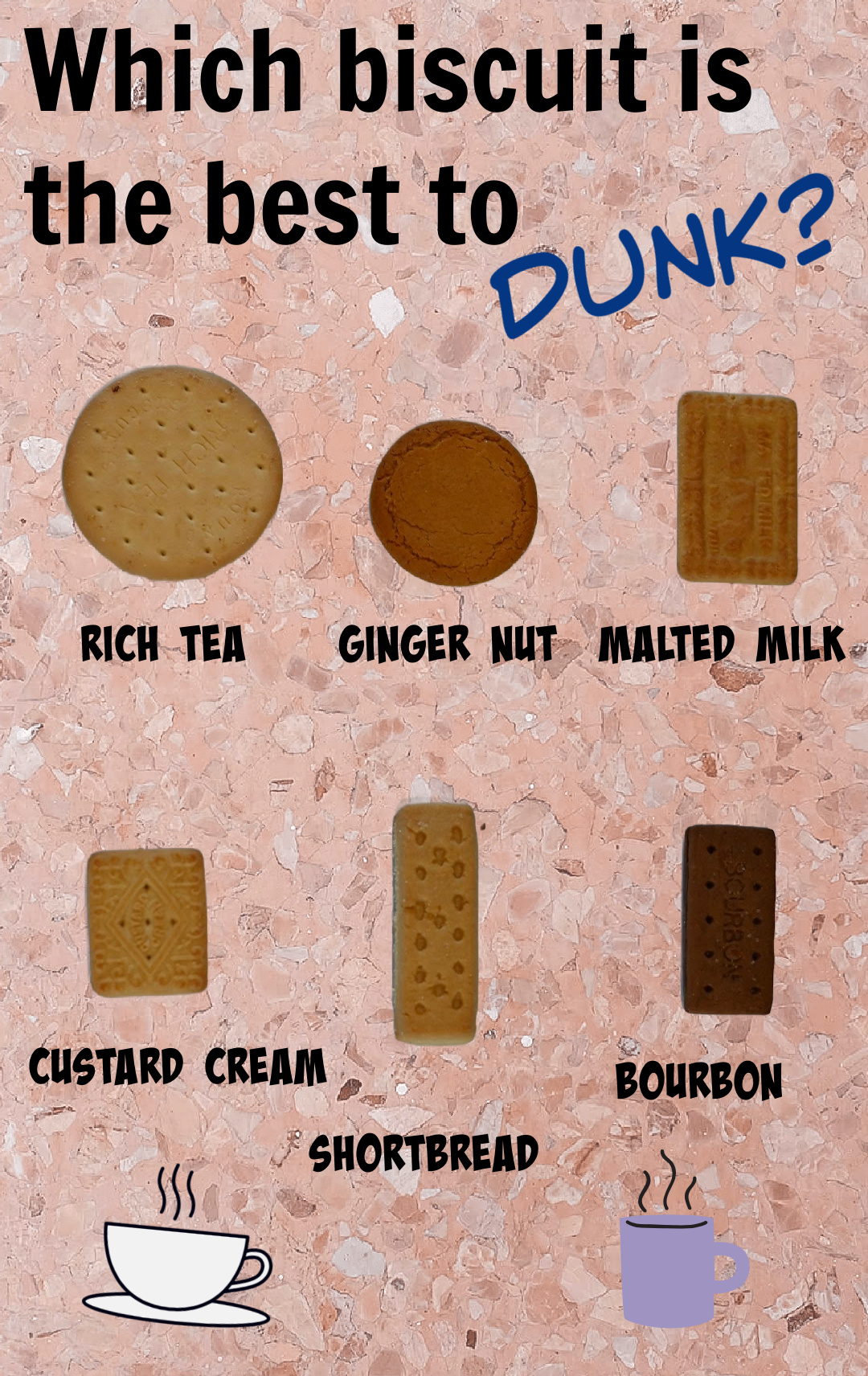

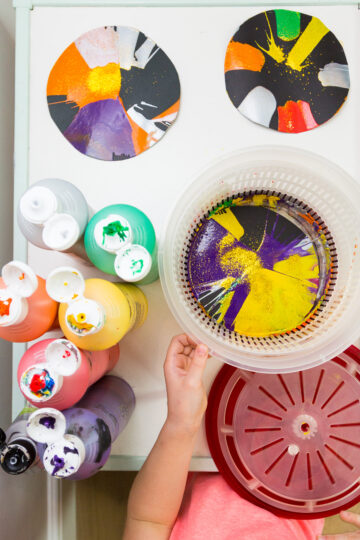
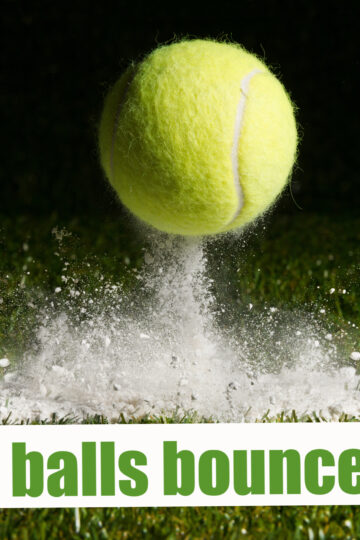
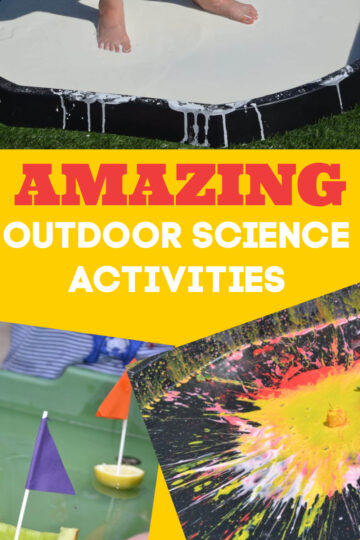
MsXpat says
I keep saying I'll do this jelly play then I forget. You have inspired me. I'll do it THIS weekend :0)
ScienceSparks says
There is so fun fun to be had with jelly!
Susan Mann says
Rainbow jelly is great fun to make but they boys don't always have the patience. x
ScienceSparks says
Yes the layers take some time! Try the rainbow density tower if you want different colours instantly! x
Actually Mummy... says
I am so doing this tomorrow - great excuse to get more colours of jelly!
ScienceSparks says
Who doesn't like jelly? Would be a fun party game too!
The Mummy Adventure says
These would be great if you were planning for a party too!
pinkoddy says
I never thought of talking about jelly in terms of bonds breaking down - I do like that :O)
maggy, red ted art says
Oooh what is not to love about jelly AND colour theory? Perfect experiment.
Thanks for sharing on Kids Get Crafty!
Maggy & Alissa
the mum says
Who doesnt like jelly?!?! It reminds me of my youth....And it just tastes so damn good!
Malinda says
Bueno, se menciona que el carnet B para automáticos no permite el uso de cambio manual:"el . Este último es un carnet restrictivo porque no permite que el usuario conduzca coches con transmisión manual"El enlace lo incluyo porque hablamos del carnet B para automáticos en otra ocasión de forma más esiaÃcfpce.Gracias por los comentarios.